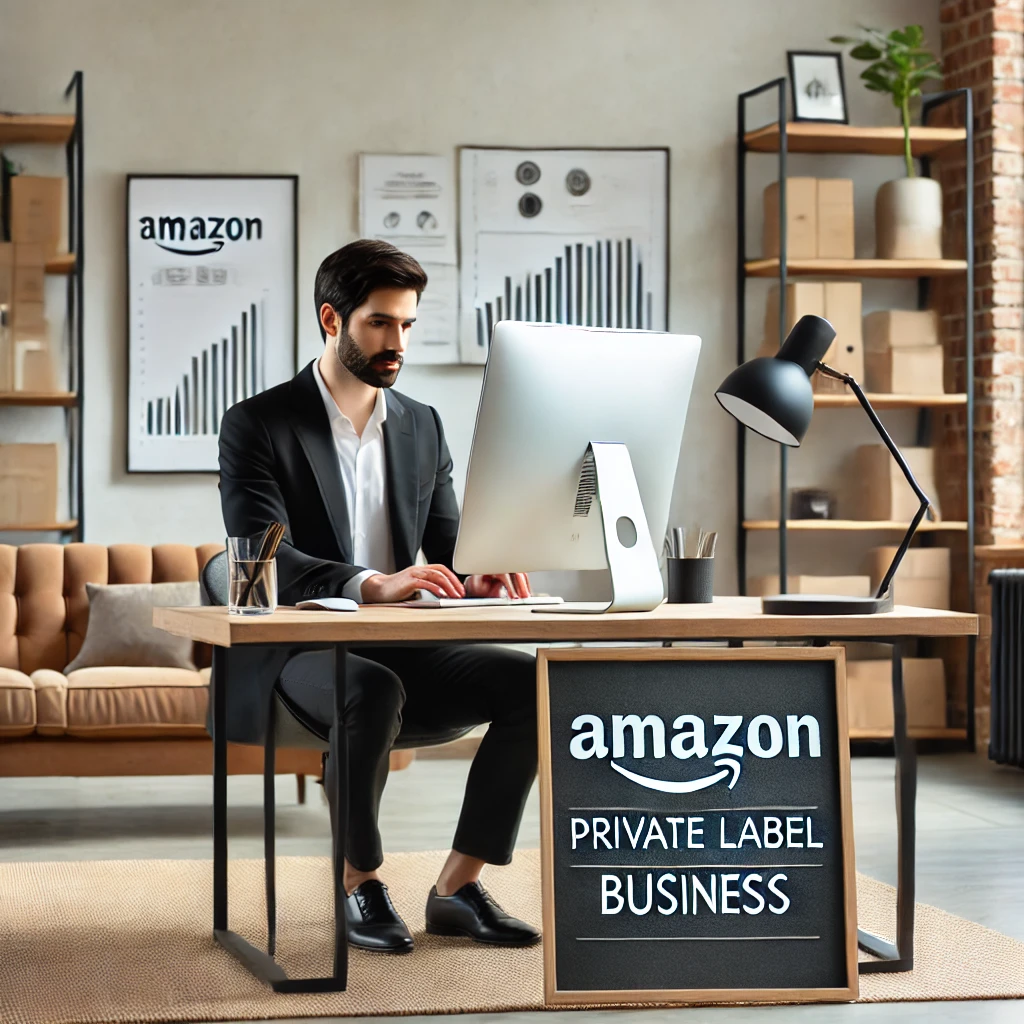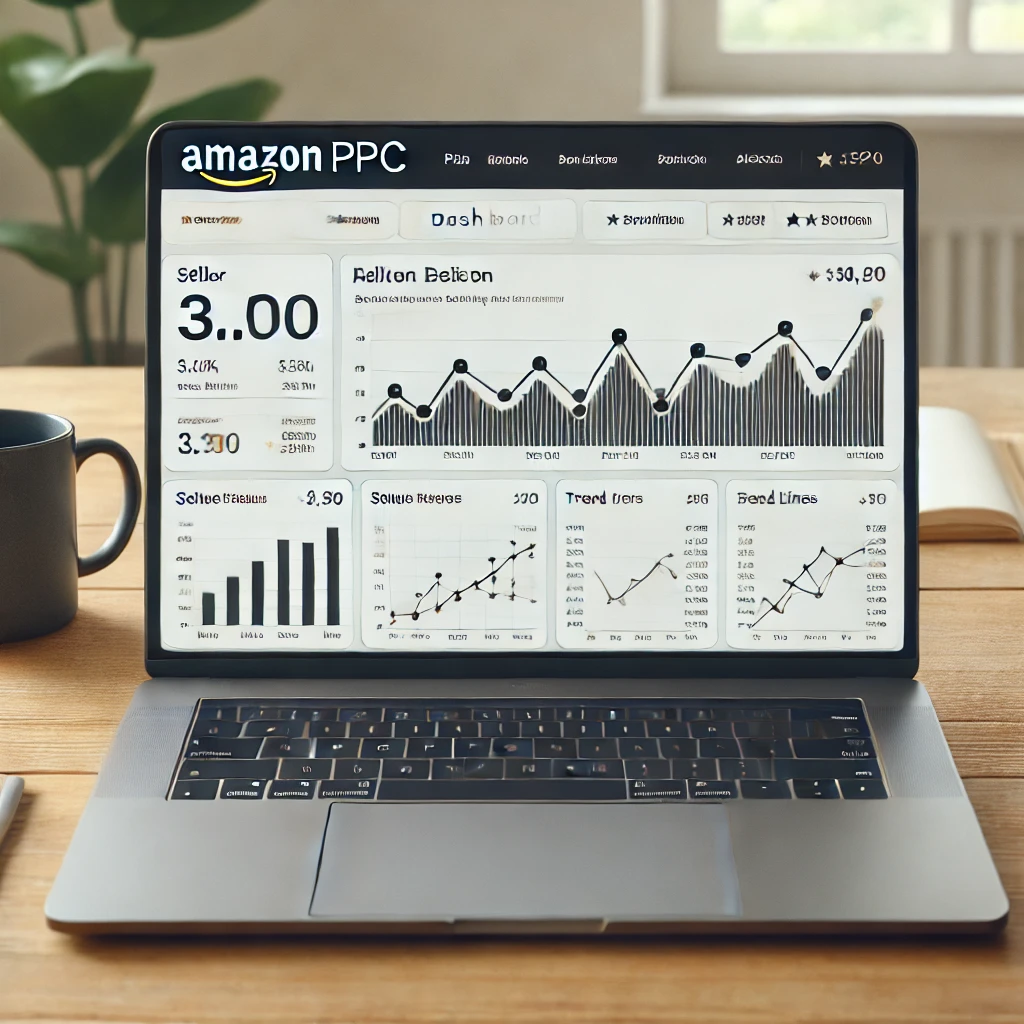
How to Build a Profitable Amazon Private Label Brand in 2025
Introduction
The world of e-commerce is expanding rapidly, and Amazon remains the dominant force in online retail. For entrepreneurs looking to establish a sustainable business, Amazon Private Label is one of the most profitable business models. However, success on Amazon requires strategic planning, market research, and effective branding. In this blog, we’ll walk you through a step-by-step guide to launching and scaling a Private Label brand in 2025.
Why Choose Amazon Private Label?
- Higher Profit Margins – By selling your own brand, you cut out middlemen and control pricing.
- Brand Ownership – Unlike wholesale or arbitrage, you create a recognizable and valuable brand.
- Scalability – With Amazon’s logistics and customer base, scaling your business is seamless.
- Long-Term Growth – A successful Private Label brand can turn into a valuable asset over time.
Step 1: Product Research – Finding the Right Opportunity
The foundation of a successful Private Label business is selecting the right product. Here’s how to do it:

Use Data-Driven Research Tools – Utilize tools like Helium 10, Jungle Scout, and AMZScout to analyze demand, competition, and profit margins.
Look for High-Demand, Low-Competition Products – Avoid saturated categories and find products with steady demand.
Check Market Trends – Stay ahead by spotting trending products using Google Trends and Amazon’s Movers & Shakers.
Calculate Profit Margins – Ensure the product has at least a 35-50% profit margin after Amazon fees.
Step 2: Sourcing and Manufacturing
Once you’ve identified a profitable product, the next step is sourcing. Here’s what to consider:

Find Reliable Suppliers – Use Alibaba, Global Sources, or direct manufacturers to get quality products at the best price.
Request Product Samples – Always evaluate product samples before placing bulk orders to ensure high quality.
Negotiate Terms – Discuss MOQ (Minimum Order Quantity), payment terms, and lead time with suppliers.
Ensure Compliance – Make sure the product meets Amazon’s safety and quality standards to avoid future issues.
Step 3: Branding & Amazon Brand Registry
Branding is crucial for differentiating yourself from competitors. Here’s how to do it right:

Create a Unique Brand Identity – Design a professional logo, brand colors, and packaging.
Enroll in Amazon Brand Registry – Protect your brand from counterfeiters and unlock A+ Content, Amazon Stores, and Sponsored Brand Ads.
Write a Compelling Brand Story – Engage customers with an authentic story that builds trust and loyalty.
Step 4: Listing Creation & Optimization
Your Amazon product listing is your storefront. A well-optimized listing increases visibility and conversions. Follow these best practices:

Keyword Research – Use Amazon’s search bar, Helium 10, and MerchantWords to find high-ranking short-tail and long-tail keywords.
Craft a Persuasive Title – Include main keywords and product benefits naturally.
High-Quality Images & Videos – Invest in professional product photography and videography to stand out.
Bullet Points & Description – Clearly highlight key benefits and unique selling points.
A+ Content & EBC (Enhanced Brand Content) – Improve engagement with premium visuals and comparison charts.
Step 5: Launch & Rank Your Product
Launching a product the right way determines how well it performs in the market. Here’s a winning launch strategy:

Leverage Amazon PPC (Pay-Per-Click) – Set up Sponsored Product Ads, Sponsored Brand Ads, and Video Ads for immediate visibility.
Get Initial Reviews – Use Amazon Vine and follow-up emails to gather genuine customer feedback.
Run External Traffic Campaigns – Drive traffic using Facebook Ads, Google Ads, and influencer marketing.
Offer Limited-Time Discounts – Use lightning deals and coupons to boost conversions.
Step 6: Scaling Your Amazon Private Label Brand
Once your product gains traction, focus on scaling:
Expand Your Product Line – Introduce complementary products to maximize profits.
Sell in Multiple Marketplaces – Expand to Amazon UK, Canada, UAE, and European markets.
Optimize PPC Campaigns – Continuously refine your ad strategy to improve ROAS (Return on Ad Spend).
Invest in Branding – Build a strong online presence through social media, a dedicated website, and influencer partnerships.
Conclusion
Launching a Private Label brand on Amazon in 2025 can be incredibly lucrative if done correctly. By selecting the right product, creating a compelling brand, optimizing listings, and executing a solid launch strategy, you can set yourself up for long-term success.

Ready to Start Your Amazon Private Label Journey?
At RGB LOGIX, we specialize in Amazon Private Label, Product Launch, PPC, and Brand Registry Services to help you build a profitable and scalable e-commerce business. Contact us today to take your Amazon business to the next level!







